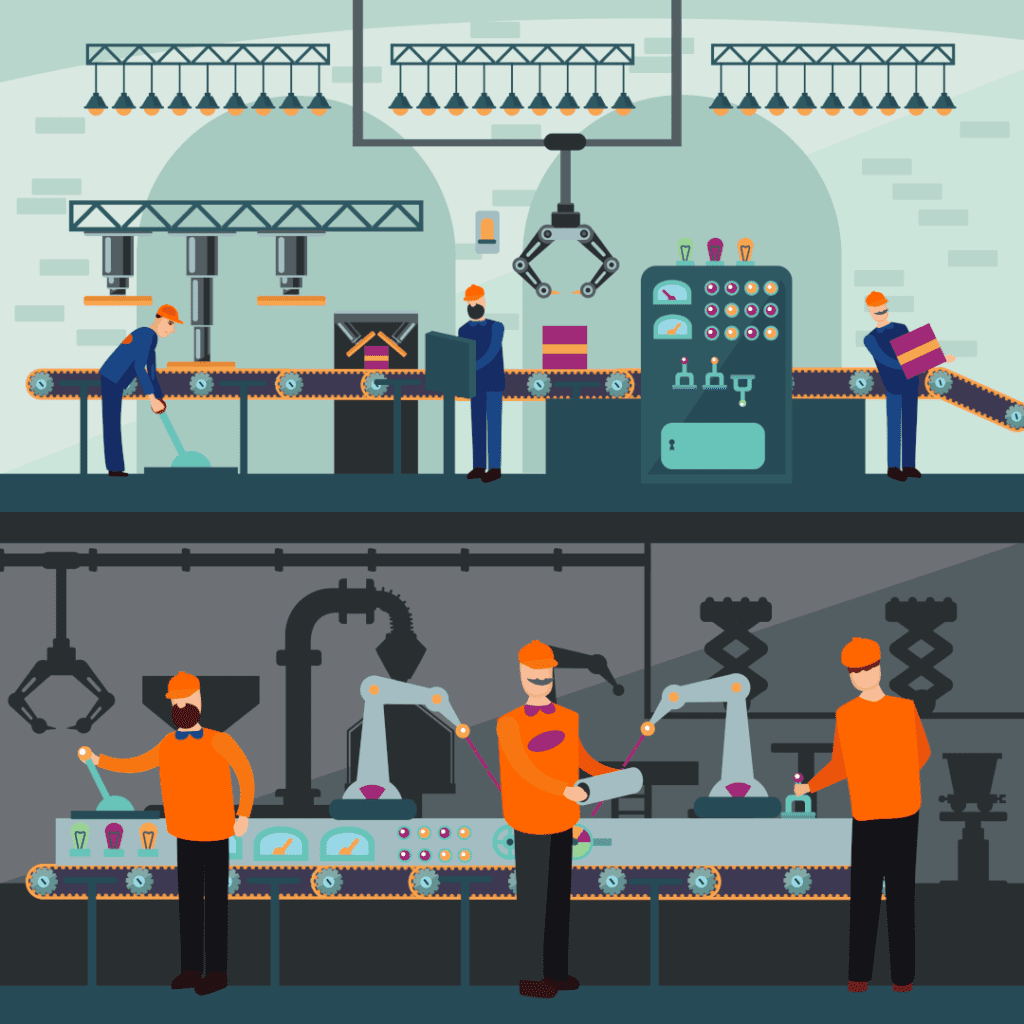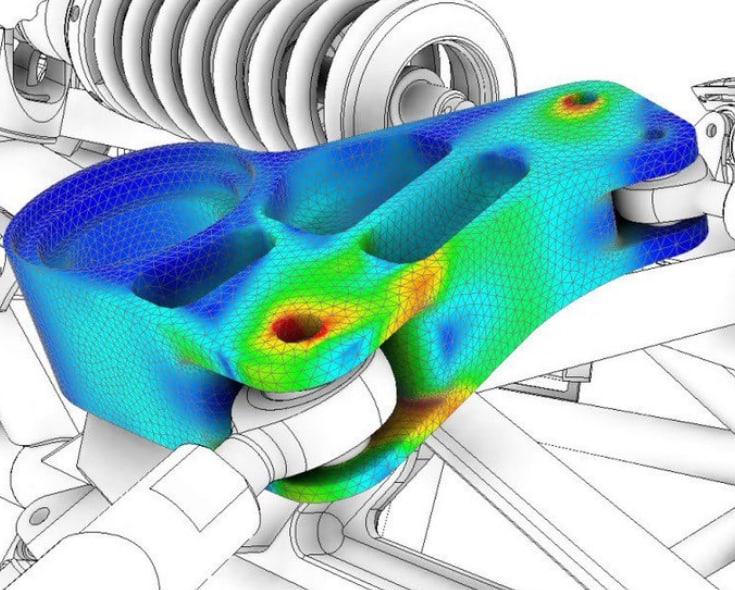DFMA (or Design for Manufacturability and Assembly) helps you focus on what matters the most for your products. But companies today are making do with old systems, processes, parts, and more as they attempt to maintain their level of service and quality for customers. But at what cost to the bottom line?
What does it cost you to use outdated technology? That’s a quantifiable number when you choose to design for manufacture (DFM) and assembly or redesign using these principles and design guidelines. As technology quickly changes and advances, you don’t want to be left behind, allowing your designs to slide into obsolescence. An expert engineer advisor can help you avoid that scenario.
Should you (re)design your product?
Redesigning your product need not be the stress-inducing event you envision. A trusted engineering advisor has the depth and breadth of experience in actual situations to help you avoid obsolescence and make wise choices for your product’s future. Applying CAD (computer-aided design) and CAE (computer-aided engineering) principles with today’s massive level of data empowers you to understand more about the design of your product and make better business decisions.
If you aren’t harnessing your data, you’re leaning towards obsolescence.
Only you can make that call.
What If You Applied DFMA Principles?
DFMA considers various elements for which you must account during the design phase. For example, your design must include:
- Functionality
- Styling
- Fabrication (Manufacture and Assembly DFMA)
- Assembly (design for assembly DFA)
- Testing (design for testing)
- Procurement
- Shipping
- Service
- Repair
- Quality
- Reliability & Manufacturing Operations
- Regulatory compliance
- Safety
- Time to market
- Customer satisfaction
Apply a “Design for Excellence (DFx)” lens to each of the above elements. Each helps you produce a product that meets or exceeds your customers’ needs and wants. And when you delight your customers, they often return and spread the news.
How does DFMA save you from obsolescence?
We all know some businesses refused to change with the times, resulting in obsolescence. Once your design is obsolete, your customers leave in alarming numbers for the next best thing. You’re behind the eight-ball. How can you save your company?
Change is uncertain and most often scary. But going back to that proverbial drawing board gives you a fighting chance. What, how, why, are more questions you must answer, but do so with a trusted engineering advisor who’s helped companies just like yours redesign and relaunch products that amaze their customers.
Let’s look at an example.
DFMA in Action
You’re an engineer in an established company at the top of their market over several decades. Lately, your company’s product hasn’t rated well in online reviews. You know your product has its faults, and it hasn’t been updated since the early 1980s. But you still have time to turn it around to maintain your market share.
It starts with design, so you reach out to a trusted engineering advisor. These engineers are highly creative, educated, and trained individuals who understand how to use their expertise and knowledge to help companies solve problems and stay at the top of their game.
These engineer uses your data and other inputs to harness the power of artificial intelligence, machine learning, simulation, and more to help iterate to the perfect design for your product. Applying DFMA best practices saves you time, resources, and production costs over the lifetime of your product. And it helps you get the best possible product (based on new technology and advancements) to delight your customers for years to come.
You can now use the time, money, and resources you saved from maintaining and operating old equipment to create new, innovative products to expand your offerings. Even though you understand the advantages of engineering your product from the start, it’s hard to make that judgment call to redesign your product.
A trusted engineering advisor works hard to understand your product, its elements of operation, and how it could be better managed. They also focus on reducing the total cost of your product, which few companies accurately track.
Here’s a simplistic example of how this might shake out.
Over the last three decades, you’ve consistently produced a product that customers love. Still, over the past few years, you’ve spent hundreds of thousands of dollars per year on add-ons or upgrades like a new fastener or bolt. Each added part increases your cost of production by $0.05 per product. If you manufacture 100,000 products per day, you’re incurring an additional $5,000 per day to build these products.
Let’s say your trusted engineering advisor says they can decrease the cost of production and time to market with a new and improved DFMA engineered product that your customers desire. Beyond those savings, they’ve eliminated or reduced the number of bolts and fasteners to save you an additional $0.20 per product.
Suddenly (but reliably), you’re experiencing cost savings of $20,000 every day. Daily, you’re saving $5,000 in added parts plus $20,000 every day by applying DFMA principles to reduce parts through engineering for quality, ease of use/service/assembly, and meeting or exceeding customers’ expectations.
Compare your daily cost savings of $25,000 to your cost of working with a trusted engineering advisor:
- $9.125MM saved in parts and more annually through engineering
- $100,000 one-time expense of partnering with an engineering advisor
- $9.124MM saved each year after applying DFMA principles
Final Thoughts
So, in essence, your options are to spend $100,000 to (re)design your product or manufacturing process with DFMA principles. Or to keep on keeping on and lose $100,000 a day producing products that lead you to obsolescence.
Can you afford to dismiss a $9.124 million savings because it’s more comfortable to keep doing things the way they’ve always been done? Think about how instead, you could be the hero who saved the company millions and made customers happier. Your legend will live on.
But seriously, don’t disregard DFMA as a practice for excellence in manufacturing. Any company, regardless of size, that sells a product, or a solution can benefit. What kind of savings could you design into your product or process? How would that affect your company and your customers?
Who needs a red cape to be a hero?









